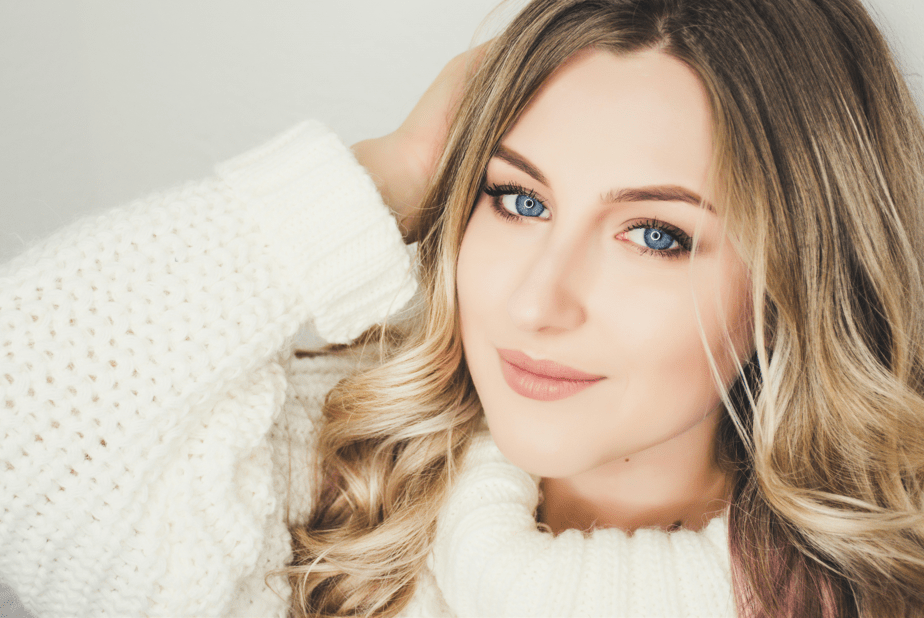Mastering Balayage: Your Ultimate Guide to Effortless Hair Painting

In recent years, balayage has become more than just a trend; it's a timeless technique cherished by both clients and hairdressers alike. But what exactly is balayage, and why has it captured the hearts of so many?
What is Balayage?
Balayage is a hair colouring technique that involves hand-painting highlights onto the hair to create a natural, sun-kissed look. Unlike traditional foil highlighting, which often results in uniform streaks, balayage allows for a softer, more blended transition between colours. This technique mimics the way hair naturally lightens in the sun, making it a popular choice for those seeking a low-maintenance, lived-in hair colour.
Historical Context
While balayage has gained widespread popularity in recent years, its roots can be traced back to 1970s France. Originally developed as a way to achieve natural-looking highlights without harsh lines, balayage quickly became a favourite among Parisian stylists and eventually made its way across the globe. Today, it's not uncommon to see balayage gracing the pages of fashion magazines and red carpets, thanks to its timeless appeal.

Significance and Popularity
One of the key reasons for balayage's popularity is its versatility. Whether you're looking to add subtle dimension to dark hair or create bold, face-framing highlights on a blonde base, balayage can be customized to suit a wide range of hair types and styles. Additionally, because balayage grows out more naturally than traditional highlights, clients can go longer between touch-up appointments, making it a budget-friendly option for those with busy schedules.
How Long Does Balayage Take?
The duration of a balayage appointment can vary depending on several factors, including the client's hair length, thickness, and desired end result. On average, a full balayage session can take anywhere from two to four hours, while a partial balayage may take closer to one to two hours. It's important to allocate enough time for the process to ensure that each section of hair is carefully painted and blended for seamless results.

How to Do Balayage: Step-by-Step Tutorial
Step 1: Preparation
Start by sectioning the hair into manageable sections using clips or hair ties. This will help ensure that you have clear access to each section as you work your way through the hair.
Step 2: Mixing the Lightener
In a colour mixing bowl, mix your lightener according to the manufacturer's instructions. Opt for a lightener specifically formulated for balayage to achieve the best results. Consider adding a bonding agent to help protect the hair during the lightening process.
Step 3: Painting the Hair
Using a balayage brush, begin painting the lightener onto small sections of hair, focusing on the mid-lengths and ends. Use sweeping motions to create soft, natural-looking highlights, and be sure to blend the colour seamlessly for a smooth transition.
Step 4: Processing Time
Allow the lightener to process according to the manufacturer's instructions, keeping a close eye on the hair to prevent over-processing. Balayage typically requires less processing time than traditional foiling, so be mindful of how the colour develops.
Step 5: Rinse and Tone
Once the desired level of lightness is achieved, rinse the lightener out of the hair using lukewarm water. Follow up with a toner to neutralize any unwanted undertones and enhance the overall colour. Rinse thoroughly and apply a nourishing conditioner to restore moisture to the hair.
Step 6: Styling
Finish the look by styling the hair as desired. Whether you opt for loose waves, sleek straight locks, or a messy bun, balayage hair is incredibly versatile and looks stunning in any style.

Expert Tips and Insights
- Experiment with different painting techniques, such as feathering or bricklaying, to create unique and customized looks.
- Don't be afraid to mix and match different shades and tones to achieve a multi-dimensional effect.
- Keep the hair well-hydrated between appointments with regular deep conditioning treatments and heat protectants.
- Consider offering glossing treatments to enhance shine and prolong the life of the balayage colour.
Common Questions and Concerns
Q: Will balayage work on all hair types?
A: Yes, balayage can be adapted to suit a wide range of hair types, including straight, curly, thick, and fine textures. You can tailor the technique to complement the hair's natural characteristics and achieve the desired result.
Q: How often will I need to touch up my balayage?
A: Unlike traditional highlights, balayage grows out more naturally, so your clients can typically go longer between touch-up appointments. On average, clients may need to refresh their balayage every 8-12 weeks to maintain optimal colour vibrancy.
Recommended Products
- Balayage Lightener: Look for professional-grade lighteners specifically formulated for balayage, such as Fanola No Yellow Balayage Lightner
- Toning Shampoo and Mask: Invest in a sulfate-free toning shampoo and conditioner to help maintain the vibrancy of the balayage colour. Try products like Fanola No Yellow shampoo
Mastering the art of balayage is both a science and an art, requiring precision, skill, and creativity. Whether you're a seasoned stylist or a curious beginner. With the right techniques, tools, and a dash of creativity, you can create stunning, sun-kissed looks that will leave your clients feeling confident and beautiful.
-
Posted in
Balayage, hair techniques, Multi tonal colouring techniques





